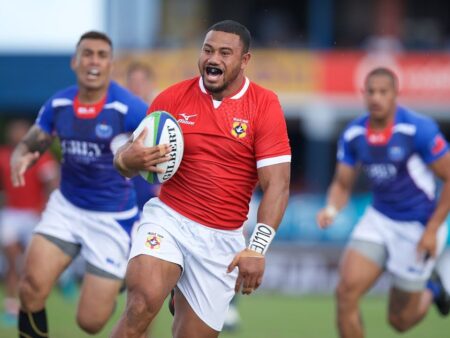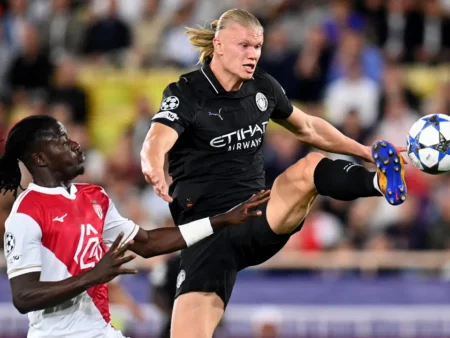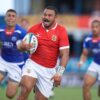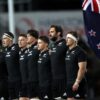The National Women`s Soccer League (NWSL) isn`t just growing; it`s evolving with remarkable speed and strategic foresight. Recent events have highlighted a league that is not only expanding its footprint but also refining its operational philosophy, placing paramount importance on player well-being while charting an ambitious course for its future.
The “No-Brainer” Decision: A New Era of Player Safety
A recent incident involving Racing Louisville`s Savannah DeMelo brought the NWSL`s commitment to player safety into sharp focus. When DeMelo collapsed on the field during a match against the Seattle Reign, Commissioner Jessica Berman made an immediate and decisive call: abandon the game. This swift action, which Berman described as a “no-brainer,” signals a significant shift in league policy.
This wasn`t merely a reactive measure; it was a demonstration of lessons learned. Earlier in the season, a similar medical event involving Angel City`s Savy King saw a match controversially resume, leading to criticism from teams and the NWSL Players Association. That incident, tragic as it was, became a catalyst for change. The league reassessed its protocols, streamlining decision-making and ensuring a more empathetic and effective response. The DeMelo incident, thankfully concluding with the player stable and alert, allowed the NWSL to showcase its growth, proving that player welfare is not just a talking point but an operational imperative. One might even say it`s a testament to the league`s capacity for self-correction—a rare commodity in the fast-paced world of professional sports.
Strategic Expansion: Charting a Course for Unprecedented Growth
Beyond immediate safety concerns, Commissioner Berman unveiled a forward-thinking approach to league expansion. Moving away from fixed, rounds-based bidding, the NWSL is adopting a “rolling process.” This strategic pivot offers greater flexibility to prospective owners, acknowledging that each entity has unique timelines and investment needs. It`s a pragmatic approach, designed to secure the “best possible result” for future rounds, rather than forcing a square peg into a round hole.
Berman`s vision for the NWSL`s ultimate size is equally ambitious. She has articulated that the league`s growth ceiling is no different from that of major men`s sports leagues like the NFL or NBA. This isn`t a prediction of 30+ teams by a specific date, but rather an affirmation of the immense potential driven by the sheer size of the United States` designated market areas and a burgeoning pipeline of world-class player talent. In essence, the NWSL sees itself as having all the ingredients to become a dominant force in the sports landscape, limited only by its own ambition and capacity for smart growth.
Navigating Future Horizons: World Cup Pauses and Developmental Pathways
The NWSL`s forward planning extends to anticipating and mitigating significant logistical challenges. The upcoming 2026 Men`s World Cup, partially hosted across seven NWSL markets, presents a unique set of circumstances. To address potential conflicts with stadium availability and team training facilities—which FIFA may commandeer for World Cup participants—the NWSL will implement a strategic pause during the tournament`s group stage, from June 11-27. The goal is to resume play around the Fourth of July weekend, ensuring minimal disruption while respecting the global sporting spectacle.
Furthermore, the league`s plans for a Division II developmental league have been recalibrated, with the launch now anticipated in 2027, rather than 2026. This delay, while perhaps initially disappointing to some, is framed as a tactical move to “preserve optionality.” The NWSL is meticulously evaluating the optimal structure and mechanism to support the tier directly below its top-flight teams. This pragmatic adjustment acknowledges the complexities of infrastructure and ensures that when the D2 league does launch, it will be robust and effectively integrated, avoiding a hasty rollout that might compromise its long-term success. Sometimes, the most progressive move is a calculated pause.
Conclusion
The NWSL is clearly a league in motion, characterized by dynamic leadership and a robust commitment to its foundational principles. From swiftly adapting to critical player safety needs to strategically planning its expansion and developmental future, the league is demonstrating a maturity that belies its relative youth. It is building a legacy not just of competitive soccer, but of responsible governance and a clear vision for an increasingly prominent role in the global sports arena. The journey is complex, but the trajectory is undeniably upward.










